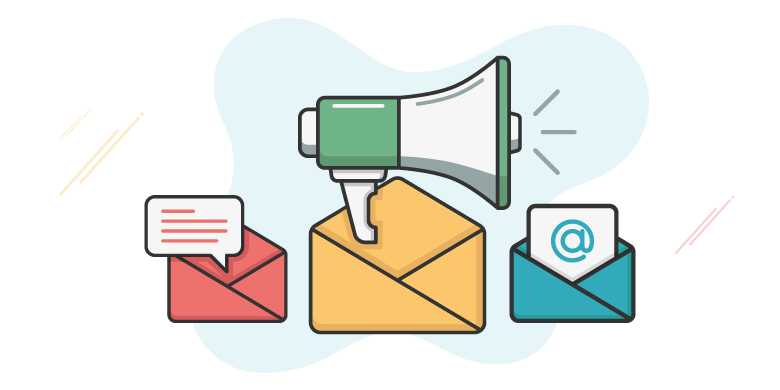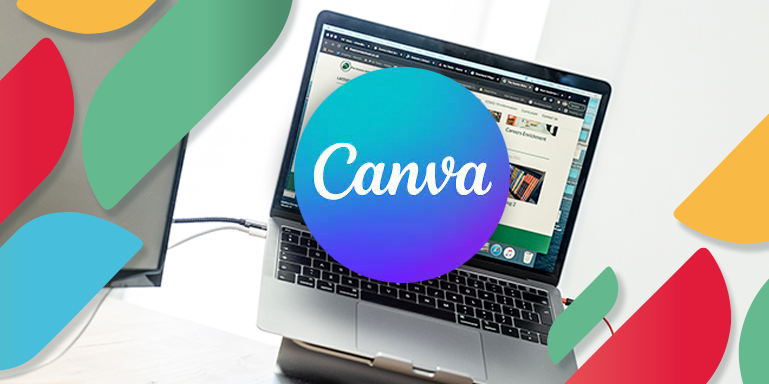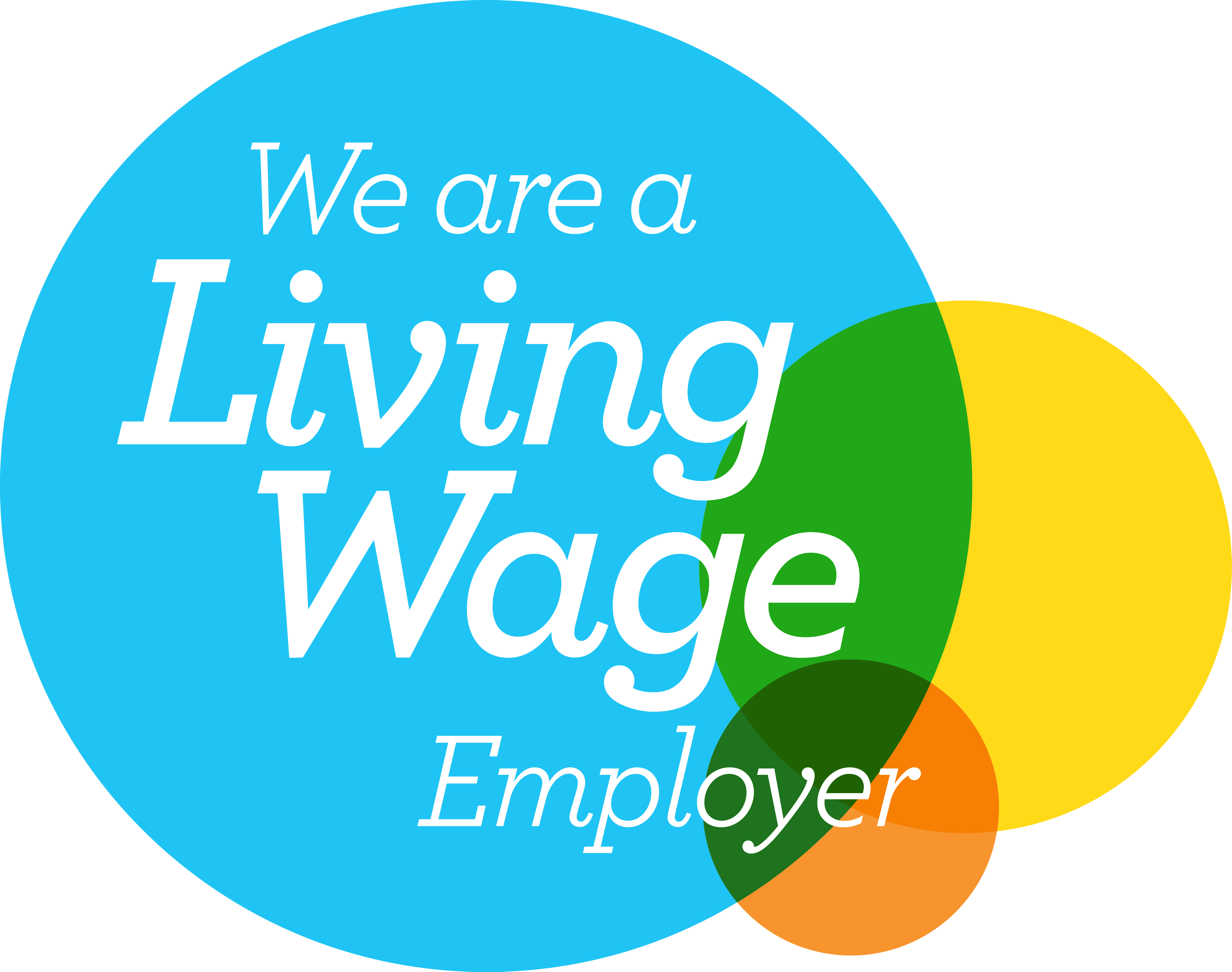How to Master Email Marketing for Schools
How to Master Email Marketing for Schools
How to Master Email Marketing for Schools

If you’re constantly sending a generic text-based email then you’re not seeing the true potential of email marketing for schools. It is the number 1 channel to communicate with parents and delivers the highest ROI (return on investment) than any other marketing channel. Thinking about how to improve parental engagement in your school? Here’s a great starting point when it comes to email.
Here are the 6 steps to master email marketing and open up that channel between your school and parents.
Segment your lists
Whilst you may think that sending an email out to everyone on your list is useful, it actually isn’t. This is why you need to segment your lists, by doing this each email you send will be specific to that list and is more likely to be opened by everyone.
Here are some ideas of how you can segment your contacts:
- Create large, broad lists for staff, parents, students and alumni
- For students, you can create separate lists for each year group
- For parents, you can also create separate lists for the parents of each year group
- Clubs and sports teams
By creating these separate lists, it ensures that the right information is successfully being sent to the right recipient.
You’re not personalising your emails
Email personalisation is a simple strategy and one that can be very effective, when used properly. Before anything else you need to check that you have the correct first and last names of everyone in your email system. Once you’ve done that you can start to personalise your emails, you can either add the personalisation into the subject line or into the beginning of the email, depending on what email you’re sending. Research shows that emails that include the first name of a recipient in the subject line have a higher click through rate that those that didn’t.
You’re sending your emails at the wrong time
The perfect time to send your email is the time that works for your specific audience. Not helpful I know, but this just means some trial and error and a bit of common sense. Start off by sending your emails between 6am and 7am, the majority of people check their emails before they even start their day. You can also try 10am, this is when people tend to take a coffee break and sit and check their emails. As long as you know your audience you’ll soon be able to pick up on when the majority of them check their emails.
If you send out a weekly or monthly newsletter then it’s best to send it out on the same day and time because then your audience will know when to expect them and are more likely to read them.
Choosing the right subject line
Subject lines are the most important part of sending an email, so much so, that 35% of people open an email based on the subject line. This is your one and only chance to impress them.
So how exactly do you do this? You keep it short and sweet, if the email is too long then not only will people delete it but 77% of emails are opened on a mobile device and the subject line will be cut off. Using concise language is key, people scan their inboxes quite quickly so make your subject line punchy but clear and concise as well.
As we mentioned before, personalisation is a great way to increase email opens. So if you have a school event or fundraiser then the subject line could be ‘Hey, (First Name) you’re invited to…’ this immediately makes it feel like a personal invitation and your recipients are more likely to open the email.
Always give your audience something of value and let them know what they’ll be getting in the subject line. If you’re sending a weekly or monthly newsletter, never include the word ‘newsletter’ in the subject line. One, it’s a waste of time and two it might even decrease the chances of people opening it because they assume they can just read the next one.
Automate your emails
Emails can be time consuming if you’re not doing it right, and so automation is your best friend. You can plan your weekly or monthly newsletters ahead of time and schedule them to go out to your audience at the ideal time. Obviously you can’t plan out every single email that you’re going to send but you can have email templates ready so you can quickly input your content.
Content
Content is king. Your emails have to add value to your audience, whatever that may be. Parents love to hear about school life, so share student success and share fun things that are going on everyday. It doesn’t always have to be school closures and exam timetables. Depending on what email you’re sending, it’s always good to find a balance between written content and visual content. If your email is really long and full of text then your audience might not want to sit and read it all. A top tip is to split it up with images and your audience is more likely to read it.
What next?
Take a look at your schools email marketing and see what improvements you can make. Consider past emails that you have sent out and find out what worked well and what didn’t.
Email marketing can be really simple if you start implementing these tips, soon your entire audience will be opening your emails.
If you want to know more, you can sign up to our newsletter below and be notified when our email marketing software course goes live.








